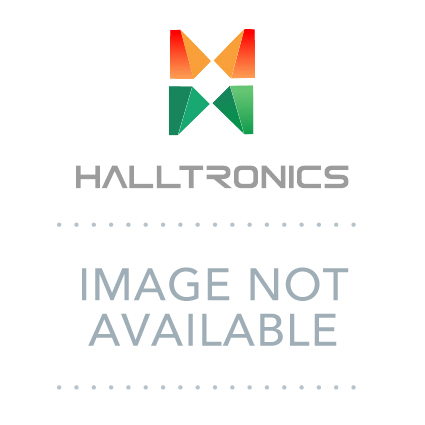Schneider Electric LC1D TeSys D Contactors.
TeSys D Contactors from Schneider Electric combine long mechanical and electrical life to offer a high reliable contactor. The range has been designed for integration in control systems and can be used to create motor starters for any type of application. The TeSys D contactors offer quick simple setup while maintaining compliance with international standards.
Features and Benefits.
- Built-in auxiliary contacts for added switching capability.
- Screw connections: IP20 finger-safe terminals with both North American and International terminal markings.
- Can be panel mounted with screws or DIN Rail mounted.
- Bidirectional peak limiting diode suppressor to protect the coil.
- Easily installed accessories.
- Flexible control circuit to suit a wide range of applications.
What does the utilisation category AC1 and AC3 mean for the TeSys contactors?
- Contactor utilisation categories define the current making and breaking values, based on the type of load to be controlled and the operating cycle conditions.
- AC-1: This applies to all AC devices with a power factor of at least 0.95. Example of use: resistive load, heating, distribution.
- AC-3: This applies to squirrel cage motors where breaking occurs while the motor is running. Example of use: all squirrel cage motors, lifts, escalators, conveyors, bucket elevators, compressors, pumps, mixers, air conditioning units.
What accessories are available?
- Auxiliary contact blocks with serrated wiping action.
- Front mount dust tight auxiliary contact blocks.
- Pneumatic time delay blocks.
- Transient voltage surge suppressors.
- Interface modules and electronic timers.
- Mechanical latching blocks.
Is the TeSys D range a double break pole type contactor?
- Yes, the Tesys D range uses linear translation movement that provides double breaking of the poles.







